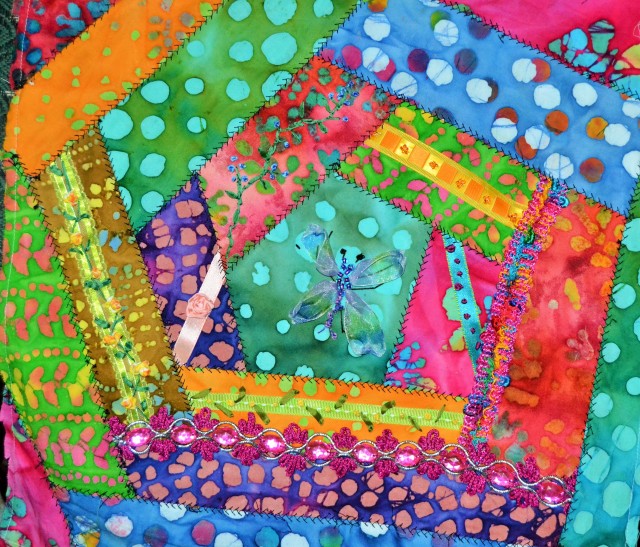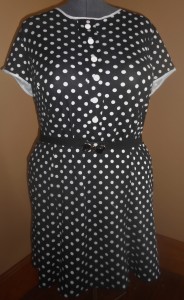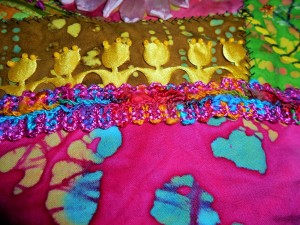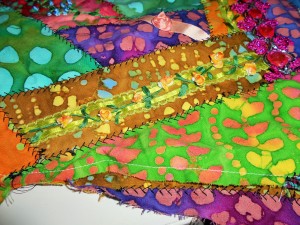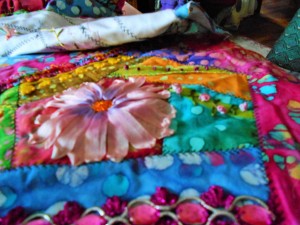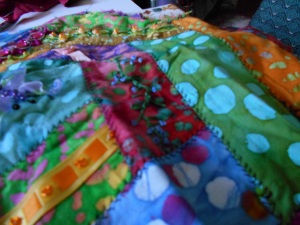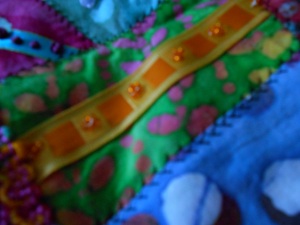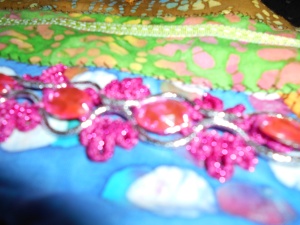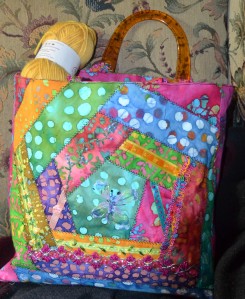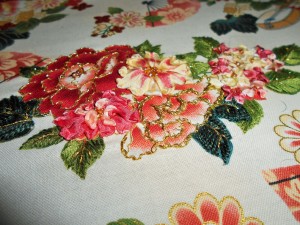Patterns for Pirates and Made for Mermaids are having a Mini-Spring Capsule Wardrobe contest. The prizes are huge. You should check it out!
As the contest progresses, I’ll be filling in my Mini-Capsule with the P4P and M4M garments I’ve made.

I’ve recently lost 35 lbs. Yay for me! While there is certainly reason to celebrate, part of me feels like a person on What Not to Wear when Clinton places the big trash can down before he and Stacy throw out all of my clothes. I like what’s in my closet, but a lot of what’s in there now is at least two sizes too big, and it’s hard to see past them to the new body I have. As much as it hurts to let them go, it’s time. On the other hand, I hope there’s more weight loss in my future. I’m not “on a diet”. I’ve embraced a lifestyle change that has no “goal weight”. At some point my body will stop losing weight, and my goal will just be to stay there. But I have no idea when that will happen. In the meantime I need some clothes that fit, and I need a way to maximize the versatility of what I have so I can minimize what I have to sew or buy until my weight settles in. I’ve always embraced the idea of a wardrobe that works together, but I’ve never limited how many pieces I’ve had so this is a challenge.
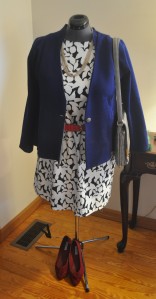
Tessa Sheath Dress by Love Notions and Phresh Blazer by Winter Wear Designs
I’m retired, and I don’t need clothes for work, but my personal taste is still for more structured clothing. I’m not an ath-leisure kind of gal. I do like both the ease of wearing and sewing knits. They’re “size forgiving” so my new wardrobe will start there although it won’t be all I sew. I need clothes for home. I live on a lake in a rural area. I need comfortable clothes for walking my dog. She and I are doing a 100 miles of walking from the first day of spring until the first day of summer challenge. Walking is an
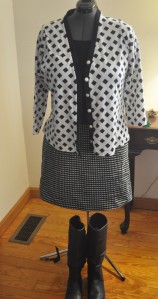
Grandpa Cardi from Patterns for Pirates, Chocolate Chip Skirt from Tie Dye DIva, purchased sweater from Talbots
integral part of how I’ve lost weight, and it feels good to look good when I do it. I need clothes for casual social events and one outfit that will do dress up for me. Believe it or not, my shoes are too big, too, so I at least need new sneakers for walking the dog, a few comfortable pairs of flats. and a pair of heels. I bought new boots recently.

Relaxed Fit Raglan and Pegs from Patterns for Pirates
A typical capsule wardrobe begins with a color palette. Black, gray, and navy are my go to neutrals, and red, purple, royal blue, and yellow are my favorite pops of color. I never feel my wardrobe is complete without one white blouse. It’s still cold where I live. Spring arrived with a blanket of snow. As the season progresses it will gradually warm up so I want to include some transition pieces that will work into summer and add some linen pants and more cotton. Perhaps, a more summery dress. But I’m going to try to rein myself in because I hope I’ll doing this again next spring in a smaller size. If not, then this will be a nice spring wardrobe to expand on and update next year.
Pants
I usually like to wear a structured pant with a waistband and a zipper, but because I’m losing weight, I going to be choosing some pants made from knits and a stretch denim jean. For my basic black pants I’ve chosen the SOS pants from Patterns for Pirates and a ponte from Girl Charlee.  I’m waiting for it to arrive, and when it does, I’ll get right to it.
I’m waiting for it to arrive, and when it does, I’ll get right to it.
All of my jeans have become Mom’s. I usually buy my jeans, but I’ve been having fun making my granddaughter’s so I’m going to make mine this time. I have some stretch denim from fabric.com. The Real Deal Jeans by Winter Wear Designs have been recommended to me.
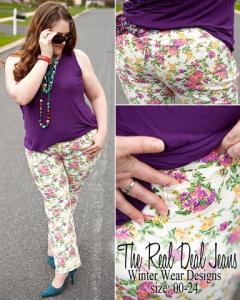
My transition pants will be Itch to Stitch’s Tierra’s Woven Joggers. I’ve chosen navy blue linen. It’s means I’ll be doing some ironing, but linen will be comfortable as it gets warmer.
 I
I
I can’t give up structured pants completely so I’ll be making some alterations to my go to trouser pattern from Silhouette. I convert the pleats to darts for a more modern look. These pants will be a gray spring weight wool flannel. Classic.

Rounding out the pants will be red, white, and black plaid Pirate Pegs. I love Pegs for lounging at home. I have short legs, and long tunics make them look shorter. When I wear leggings, I like a top that just skims the bottom of my backside. One of the pluses of making my own is I can pick just the right length.
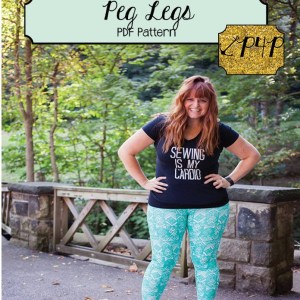
This combination should give me pants for any occasion that comes up this spring. I will probably add a second pair of pull-on pants and another pair of jeans, maybe in a color, so I’m not constantly doing laundry. Who am I kidding? The second pair will probably be dark wash, too.
Skirts
In the winter I usually reach for pants, but as the temperatures rise, I like to wear skirts. As we get closer to summer, I’ll probably add a few more, but for now I’ll make do with two.
Skirt #1 will be a modified Pirate Pencil Skirt. I saw a skirt in one of my favorite stores and copied it. The zipper on the side makes it go from the grocery store to date night if either one of us could stay awake.

Skirt #2 is one of my favorite skirts. I’ve taken the time to make the alterations it needed. The fabric is Italian and has a nice weight and hand. The pattern is from Tie Dye Diva.

Dresses
I need two dresses for spring. A casual one for popping out to do errands and meet friends for lunch and one that can do dinner out.
For the casual one I’ve chosen the Boundless in a navy and gray stripe.
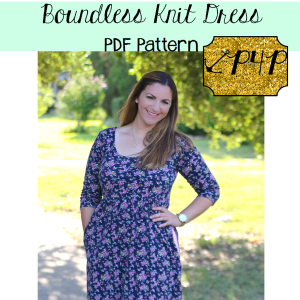
Dress #2 is a black and white ponte abstract print. The Tessa from Love Notions.
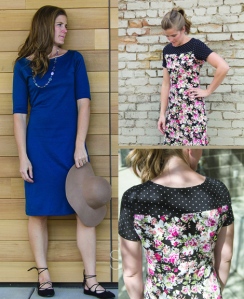
Completer Pieces
I love jackets. They can dress any outfit up or down. I have several that are now too big, and they will be the hardest garments to part with and the place I’ll have to rein myself in. I love the Pattern for Pirates Grandpa Cardigan. I’ll be making one hip length and maybe extend the pattern to make a sweater coat.

While I’m holding out on making a suit jacket, I am including an unlined jacket in my wardrobe. I recently completed the Phresh Blazer from Winter Wear Designs.
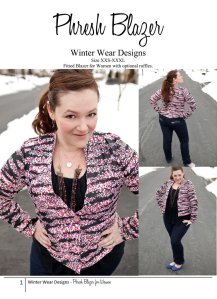
A typical capsule wardrobe has 25 pieces so I have room for 12 tops in my closet. I’ll be matching fabrics to some of my favorite tops- sized down.
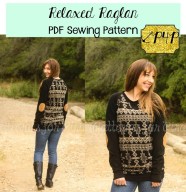
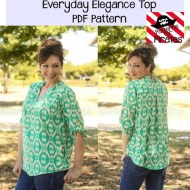
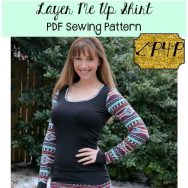
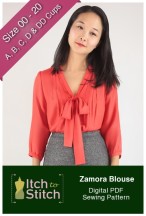


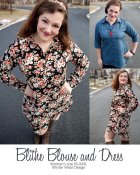
Accessories
Shoes
I settled on black, grey, red, navy, and gold flats. I’ll probably end up walking the dog in the gold ones, but they’re fun. I have a pair of “all-purpose” black heels. This body doesn’t do stilettos anymore, but I love them. Tall black boots. I was wearing the navy ones when I snapped the picture, and I forgot. 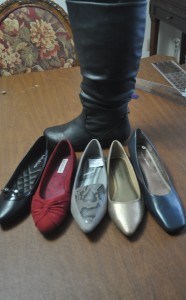
Bags
I love to buy bags, but I don’t like to move stuff from one to the other so every bag I choose has to be able to go from out to dinner to out to the grocery store. I have gray, blue, red, and yellow bags- so far. 😉
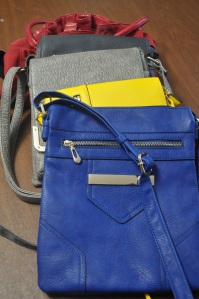
I was in the middle of planning and sewing this when Patterns for Pirates and Maid for Mermaids announced their Mini-Spring Capsule Wardrobe Contest. As a member of Judy’s team, I’m not competing, but I thought I’d play along. A mini-capsule is a great way to try dressing this way, and the contest is a great way to try out some great P4P and M4M patterns.
First step- emptying my closet. 😦
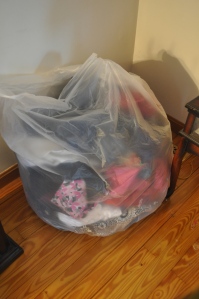
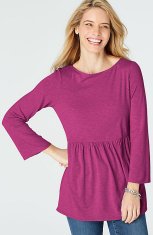
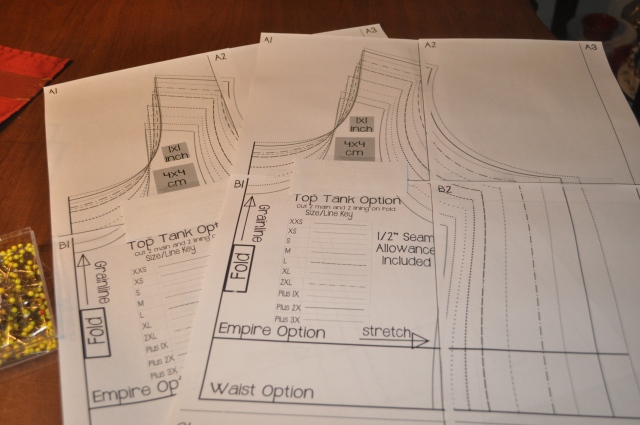

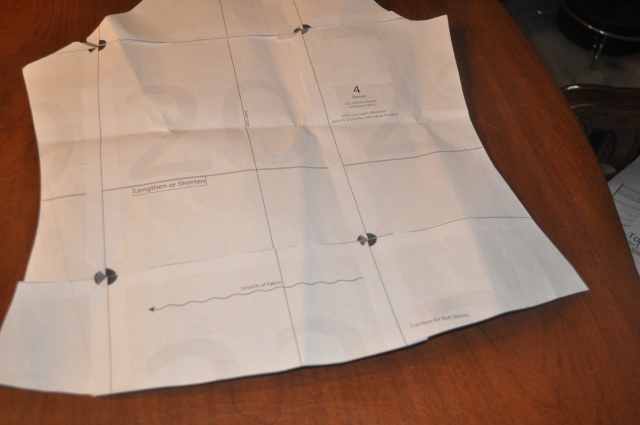 With these three patterns I should be able to knock off the top from J. Jill.
With these three patterns I should be able to knock off the top from J. Jill.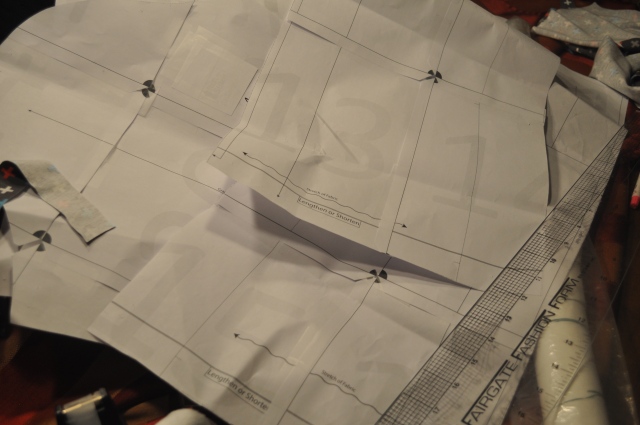


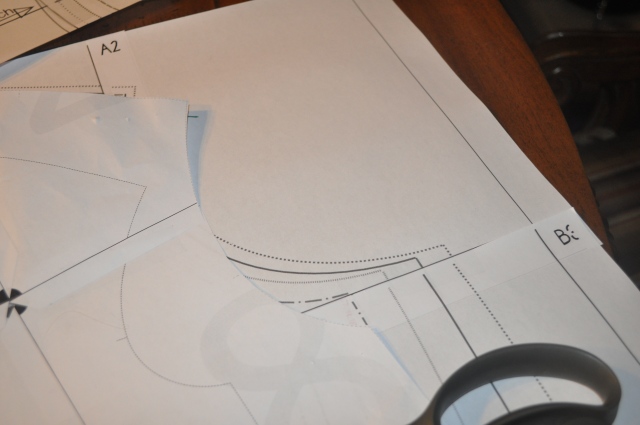





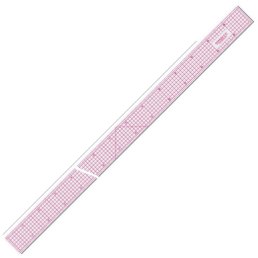






 I’m waiting for it to arrive, and when it does, I’ll get right to it.
I’m waiting for it to arrive, and when it does, I’ll get right to it.
 I
I

















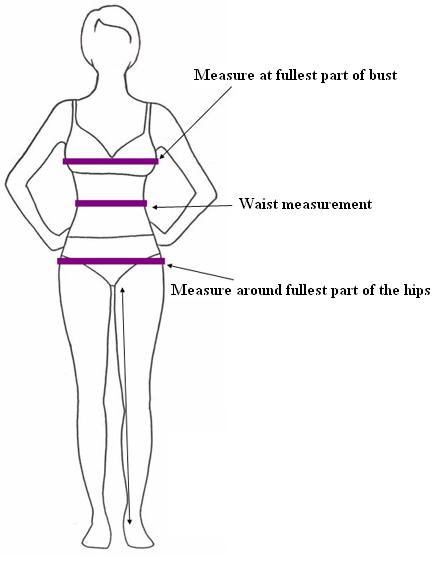
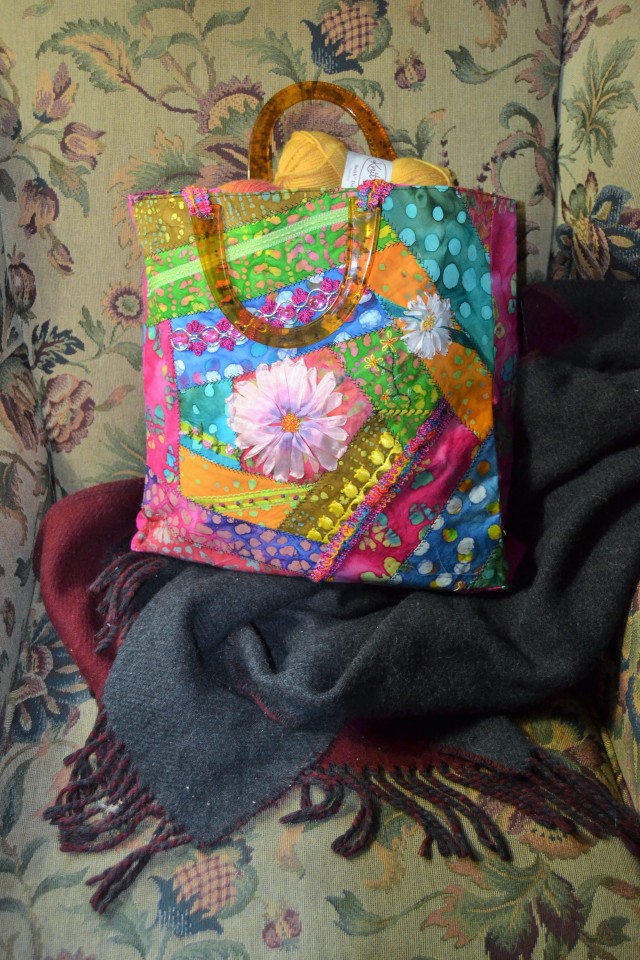
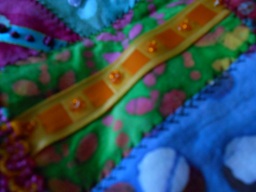 You can’t come back and do it at the end.
You can’t come back and do it at the end.